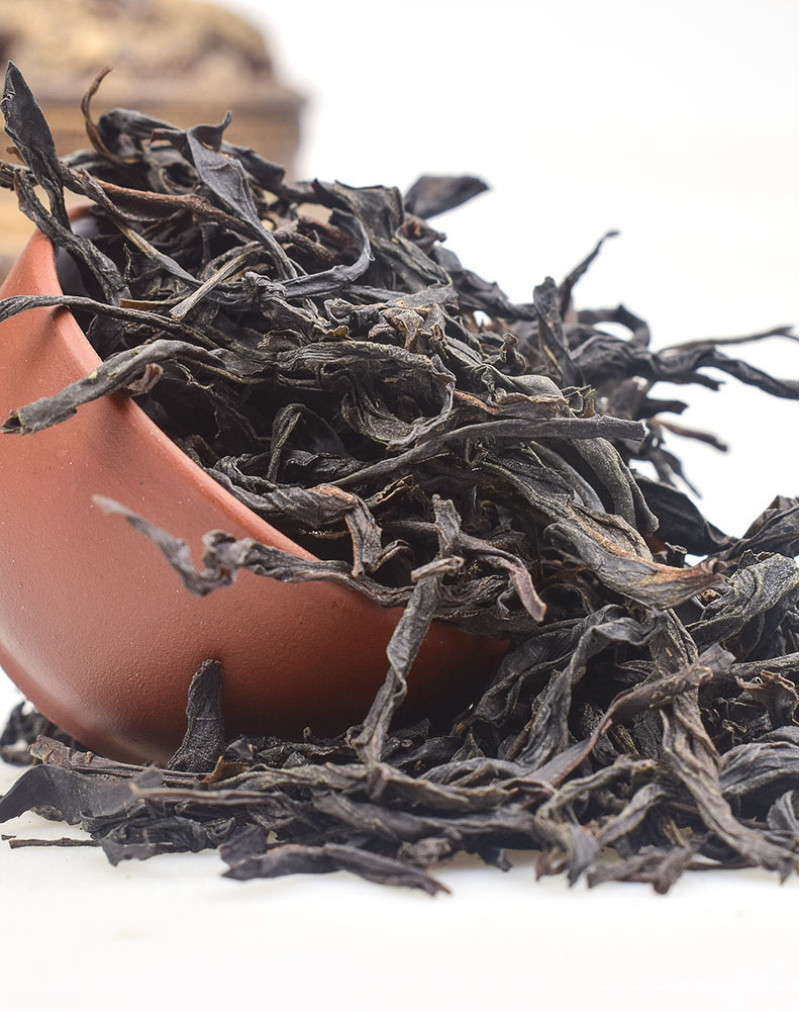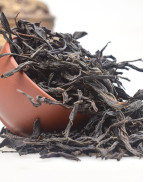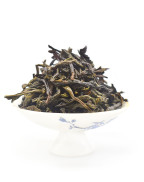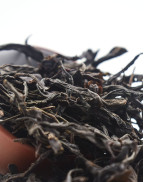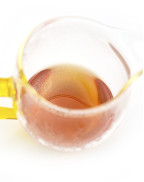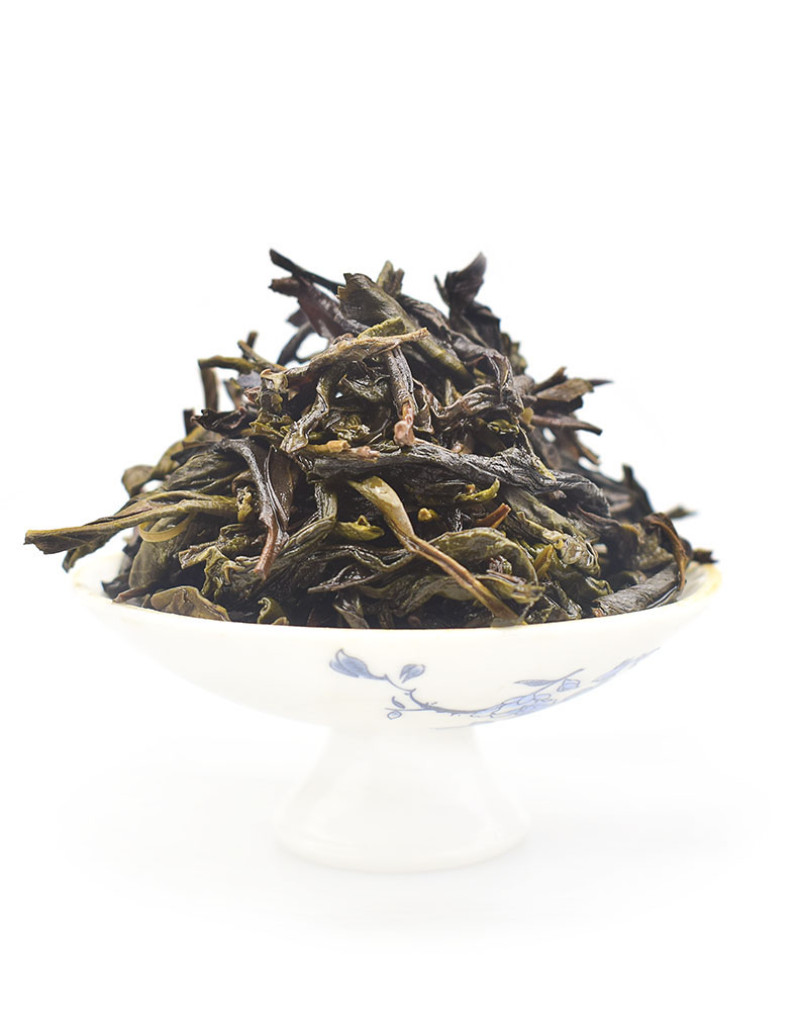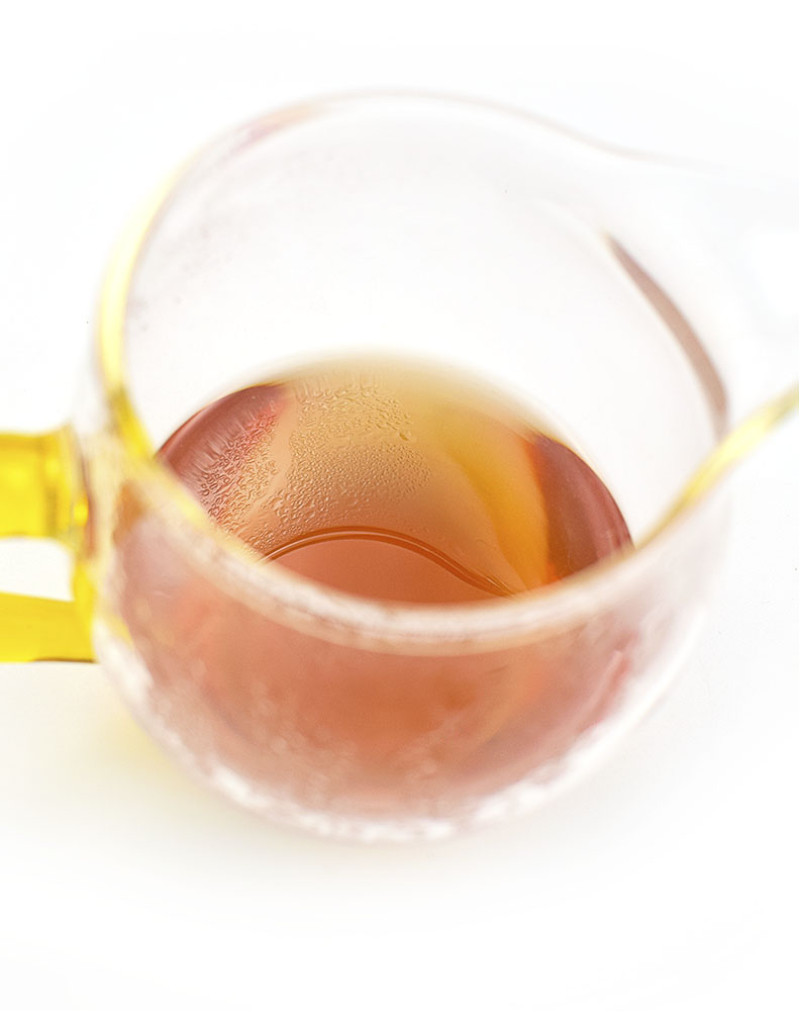Old Tree Lao Cong Shui Xian Oolong Tea
- Product Code: simple
- Availability: In Stock
Basic Info
Name: Old Tree Lao Cong Shui Xian Oolong Tea
Category: Fujian Oolong tea
Origin: Mount Wuyi City, Fujian Province
Tea Bush: Shui Xian
Taste & Aroma: Sophisticated,floral notes,overall roasted,woody,long lasting fruity finish
Liquor: Yellowish,clear and bright
Dry Leaf: Twisted, stright, plump,bar-shaped and glossy with shades of gray-brown to dark-red
Harvest Period: Spring 2024
Altitude: 1000M above sea
Fermentation: Moderate
Season: Spring tea
Age of Tea Trees: 60 -100 years
Item Form: Loose leaves
Ingredients: 100% hand-picked natural tea buds and leaves
Shelf Life: 36 months at room temperature
Storage: Stored in cool, airtight, opaque containers
Caffeine: Moderate
Roast: Medium, Charcoal roasted
Old Tree Lao Cong Shui Xian Oolong Tea
Basic Information
Lao Cong Shui Xian (老欉水仙, Lǎo Cóng Shuǐ Xiān) is a fantastic and semi-fermented Fujian oolong tea. Fujian Province in China is well-known for its exceptional and unique oolong tea production.
Lao Cong, as the name implies, means old tree or old bush. There is no unified standard for how many years a tree needs to be considered as Lao Cong. Generally speaking, trees aged 30-40 years can be called High Cong, while those aged 60-70 years or above are called Lao Cong.
The leaves used to produce Lao Cong Shui Xian come from tea trees that have been carefully cultivated in the Wu Yi Mountains for over 70 years. These ancient tea trees have developed deep roots and absorbed various minerals from the surrounding soil, resulting in a unique and complex flavor profile. This tea is incredibly infusable, can be steeped for more than 8 times.
Fujian
Fujian Province is located on the southeast coast of China, facing the Taiwan Strait. It is a coastal province that borders Zhejiang to the north, Guangdong to the south, and Jiangxi to the west. Fujian Province is known for its scenic coastal areas, rich history, and cultural heritage, and it is also one of the most important tea-producing regions in China.

Wuyi Mountain Rock Tea Tea Garden
Show Full Description
Fujian Province has a long history of tea cultivation and production, dating back over 1,000 years. The province is known for producing a wide range of tea varieties, including white tea, black tea, oolong tea, and scented tea. Some of the most famous teas from Fujian Province include Tie Guan Yin, Da Hong Pao, Bai Hao Yin Zhen, and Lapsang Souchong.
The tea-growing regions of Fujian Province are located mainly in the southeastern part of the province, in areas with a mild climate and fertile soil. The province's mountainous terrain, combined with its subtropical climate, provides ideal growing conditions for tea plants. Tea is grown on terraced hillsides, with some tea gardens located at elevations of up to 1,000 meters above sea level.
Fujian Province's tea industry is known for its traditional processing methods, which have been handed down through generations of tea makers. These methods involve withering, rolling, fermentation, and firing, and they are used to produce teas with unique flavors, aromas, and appearances.
Name
Shui Xian is a type of oolong that originally comes from Fujian Province and refers to the cultivar used to make
this tea. "Dancong", translated into "single shrub" or "single bush" in Chinese, refers to an individual tea
plant cultivated from a variety of Shui Xian cultivar. Lao cong means old single tea shrub or single tea
bush.
Shui Xian translates as ‘narcissus’, ‘water sprite’ or ‘water lily’ in English and is known for
distinctive flowery honey aroma and flavour. It possesses a complex flavor profile, which sets it apart from the
Guangdong Phoenix Dancong, Taiwan oolong tea and Zhang Ping Shui Xian. This distinction arises from the Wuyi
processing method, where the tea leaves undergo extensive oxidation and a robust charcoal roasting process.
What makes Lao cong oolong tea different from other oolong teas?
Lao cong oolong tea is highly valued in the Chinese tea industry for their rich,complex flavors and as well as their strong Cha qi(茶氣). Cha qi is a term used in Chinese tea culture to describe the unique energy or sensation that can be experienced when drinking certain high-quality teas. It is believed to be the result of the combination of the tea's flavor, aroma, and the effects it has on the body. Cha qi is said to be more than just the physiological effects of caffeine, but a deeper, energetic feeling that can vary from tea to tea. Some people describe it as a pleasant, invigorating, or calming sensation that can be felt in different parts of the body. The experience of cha qi is highly subjective and can vary among individuals.
History

Map Of Fujian Province
Lao Cong Shui Xian, as one of the four famous DanCongs in Wuyi Rock tea, is representative of the Wuyi Oolong tea along with Dahongpao (大紅袍) oolong tea and Cinnamon (肉桂) oolong tea. The leaves of Lao Cong Shui Xian are soft and delicate, rich in nutrients. The tea soup of Lao Cong Shui Xian is strong and thick, with a smooth and aged taste.
Production Process
The production process of Wuyi Shui Xian tea features withering, killing green, rolling, initial baking, wrapping, and firing. Due to the thick and watery leaves of Shui Xian variety, it is necessary to flexibly operate during the process of killing green, using the method of "lightly shaking and thinly spreading". Among all the processes, the wrapping process is crucial for shaping the appearance of Shui Xian tea. High-quality Shui Xian tea requires moderate rolling, and is finally lightly baked until dry.

The Processing Steps Of Wuyi Rock Tea
Growing Environment
Lao Cong Shui Xian has always preferred water and shade. They mostly grow in mountainous areas with abundant water, high humidity, and year-round mist. The tea trees of Lao Cong Shui Xian are often covered with moss, resembling thick cotton coats. It is said that the tea made from Lao Cong Shui Xian covered with moss has a distinct aroma of aged brown leaves and the fragrance of moss rubbing. This unique charm gained over time cannot be replicated by modern processing techniques.
Wuyi Mountain's current production areas for Lao Cong Shui Xian include Huiyuan Pit, Fengshukeng, Gujing, Zhukeng, Lianhua Peak, Foguo Rock, Bishi Rock, Sanyang Peak, Lion Peak, Qiyun Peak, Chishi, Zhangshu, Wusandi, Zhukeng, and Tongmuguan.
Although the Lao Cong trees are tall and lush, their yields are not high. For the average Lao Cong, a large tree can harvest over 20 kilograms of fresh leaves, while a small tree can only harvest around 10 kilograms. In the Wuyi tea industry, there is a rule that Lao Cong Shui Xian cannot participate in any tea king competitions because Lao Cong Shui Xian is a legacy left by our ancestors a century ago, and its excellent quality can be considered as a natural gift.
Characteristics:
Lao Cong tea trees have a long age, with deep roots that can penetrate the surface soil and reach deeper rock layers. They absorb a high amount of minerals, and it is said that the amount of minerals determines the richness of taste.
Some people believe that the taste of Lao Cong Shui Xian oolone tea has the following characteristics:
First, it has a mossy flavor. This is because theLao Cong Shui Xian tea trees have a long age and many moss grow on their trunks. Some tea farmers highlight the mossy flavor when brewingLao Cong Shui Xian tea. Most Lao Cong teas have a mossy flavor.
Second, it has a rough rice flavor. There are different interpretations for this flavor. Some say it is the flavor of the mountain where Lao Cong Shui Xian tea is brewed, while others say that well-made Lao Cong Shui Xian tea from Zhengyan has a rough rice flavor.
Third, it has a woody flavor. As Shui Xian is the only arbor-type variety in Wuyi Rock tea, the essence of the taste of arbor-type tea is woody flavor. Good Lao Cong Shui Xian tea will have a woody flavor from the first few infusions, even from the first one, which continues throughout the brewing process.
Generally, Lao Cong Shui Xian tea possesses undertones of almond and vanilla, layered on top of a woody foundation, encompassed by the characteristic minerality found in Wuyi Yán Chá (武夷岩茶" Wu Yi Rock Tea"). These ancient plants have been able to absorb minerals from the Wuyi Mountains for many years, resulting in its distinctive flavor known as 岩味 yán wèi ("rock taste").

A Lao Cong Shui Xian Tea Tree Covered In Moss
This tea is an exceptional choice for tea enthusiasts. With its rich flavor profile, impressive health benefits, and high-quality ingredients, it offers a delightful and rejuvenating experience.
With its large and vibrant leaves picked from old trees, this exquisite selection offers an amber infusion that carries a captivating floral aroma. The medium roast level ensures a harmonious blend of flavors, where sophistication meets perfect balance. Overall, this tea is a must-try for anyone seeking a superior quality tea. Don't miss out on this opportunity to savor the captivating complexity of our Lao Cong Shui Xian tea.
| Chinese Gongfu Method | |
| Tea | 3g |
| Water | Gaiwan 3oz / 90ml |
| Time | 4 steeps (25s,40s,1m30s,2m) |
| Temperature | 90°c |
| Teapot Method | |
| Tea | 5g |
| Water | Teapot (8oz / 240ml) |
| Time | 1- 4mins |
| Temperature | 90°c |


